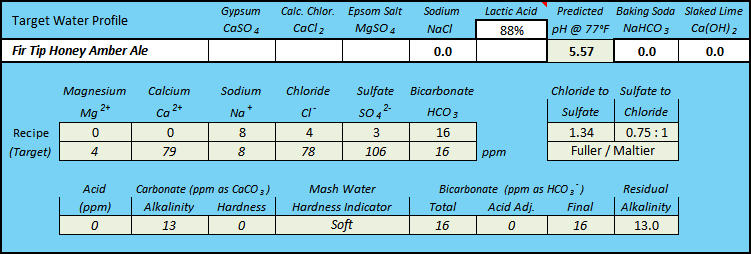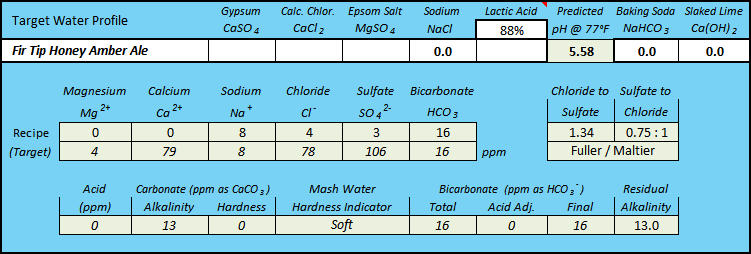Big Monk
Trappist Please! 🍷
- Joined
- Dec 24, 2015
- Messages
- 2,192
- Reaction score
- 1,152
No problem! I guess I have a silly question. Where did the information come from to populate the malt class database?
Well, there are approximately 101 known (in this case published) sets of DI pH and titration data, given to me by A.J. deLange and culled from Riffe's 3rd installment of his pH adventures.
These malts were measured by deLange, Troester (these malts form the basis of the color acidity proxies that drive most sheets), Walts, Geurts, Bies, and Riffe.
The malt model is as follows:
dQMalt (mEq/kg) = a1 * (pHz - pH DI) + a2 * (pHz - pH DI) ^ 2 + a3 * (pHz - pH DI) ^ 3
QMalt (mEq) = kg * dQmalt
That is how you model a malt's acid/base characteristics in terms of its charge. There is no color component here.
A large majority of these measured malts are linear (single term) around pH DI and a1. Many, however are polynomial (2 and 3 term) around pH DI, a1, and a2 and pH DI, a1, a2, and a3 respectively.
What I did was list all these terms in a spreadsheet and organize them based on malt type. I then tried my hardest to classify them by type while staying true to the values that were measured, while extrapolating extra terms to make some of the malts polynomial based if I could.
It ain't perfect, but any of the malts where it seemed as though extrapolating or infering too excessively took them too far away from thier original measurements, were kept. However, if I had enough data to maybe give a Roasted Malt an a2 or a3 term, I did that.
Ideally though, you'd measure all these values for each malt you planed on using, typically when you purchased new bulk grain. So my method is admittedly a compromise, although one that is headed in a better direction than predicting acid/base characteristics on color.











